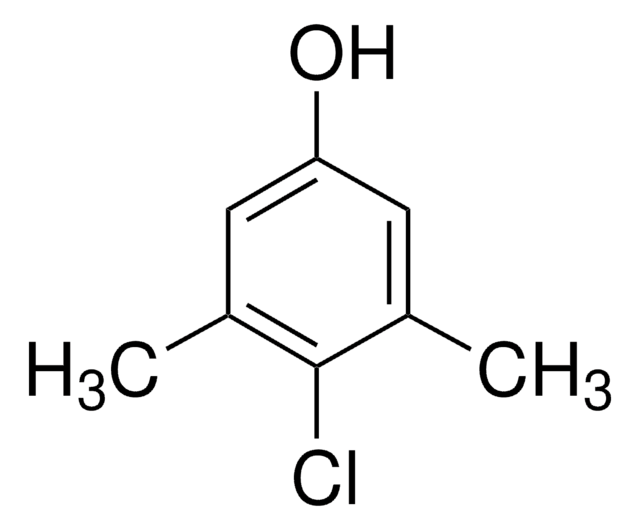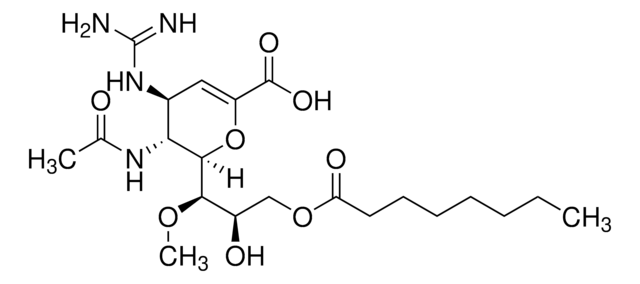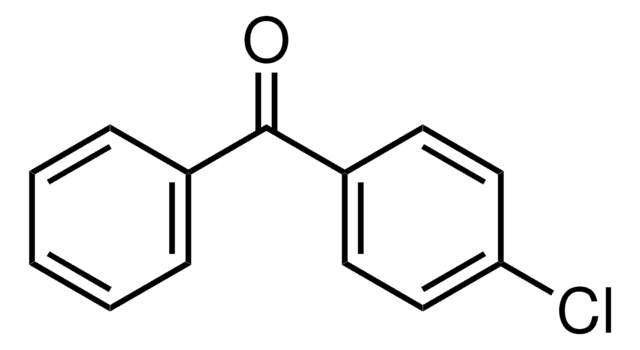C38303
4-Chloro-3,5-dimethylphenol
99%
Synonym(s):
4-Chloro-3,5-xylenol, 4-Chloro-sym-m-xylenol, PCMX
About This Item
Recommended Products
Assay
99%
form
powder
mp
114-116 °C (lit.)
SMILES string
Cc1cc(O)cc(C)c1Cl
InChI
1S/C8H9ClO/c1-5-3-7(10)4-6(2)8(5)9/h3-4,10H,1-2H3
InChI key
OSDLLIBGSJNGJE-UHFFFAOYSA-N
Looking for similar products? Visit Product Comparison Guide
Related Categories
Application
- Synthesis and Spectroanalytical Studies of a New Azodye Derived From 2-Amino-6-ethoxybenzothiazole and 4-Chloro-3,5-dimethylphenol: Discusses the synthesis and characterization of a new azo dye derived from 4-chloro-3,5-dimethylphenol, highlighting its potential applications in dyeing and pigments (AA Ali, 2017).
- Crystal structure of the co-crystalline adduct 1, 3, 6, 8-tetraazatricyclo dodecane (TATD)–4-chloro-3,5-dimethylphenol (1/1): This paper details the crystal structure of a complex formed with 4-chloro-3,5-dimethylphenol, providing insights into its structural properties (A Rivera et al., 2015).
Signal Word
Warning
Hazard Statements
Precautionary Statements
Hazard Classifications
Acute Tox. 4 Oral - Eye Irrit. 2 - Skin Irrit. 2 - Skin Sens. 1
Storage Class Code
11 - Combustible Solids
WGK
WGK 1
Personal Protective Equipment
Certificates of Analysis (COA)
Search for Certificates of Analysis (COA) by entering the products Lot/Batch Number. Lot and Batch Numbers can be found on a product’s label following the words ‘Lot’ or ‘Batch’.
Already Own This Product?
Find documentation for the products that you have recently purchased in the Document Library.
Customers Also Viewed
Our team of scientists has experience in all areas of research including Life Science, Material Science, Chemical Synthesis, Chromatography, Analytical and many others.
Contact Technical Service











![Poly[dimethylsiloxane-co-(3-aminopropyl)methylsiloxane] eq. wt. 4,400 Amine](/deepweb/assets/sigmaaldrich/product/structures/427/354/e688e87b-f9db-4070-9e27-fccd23c1dfaa/640/e688e87b-f9db-4070-9e27-fccd23c1dfaa.png)

